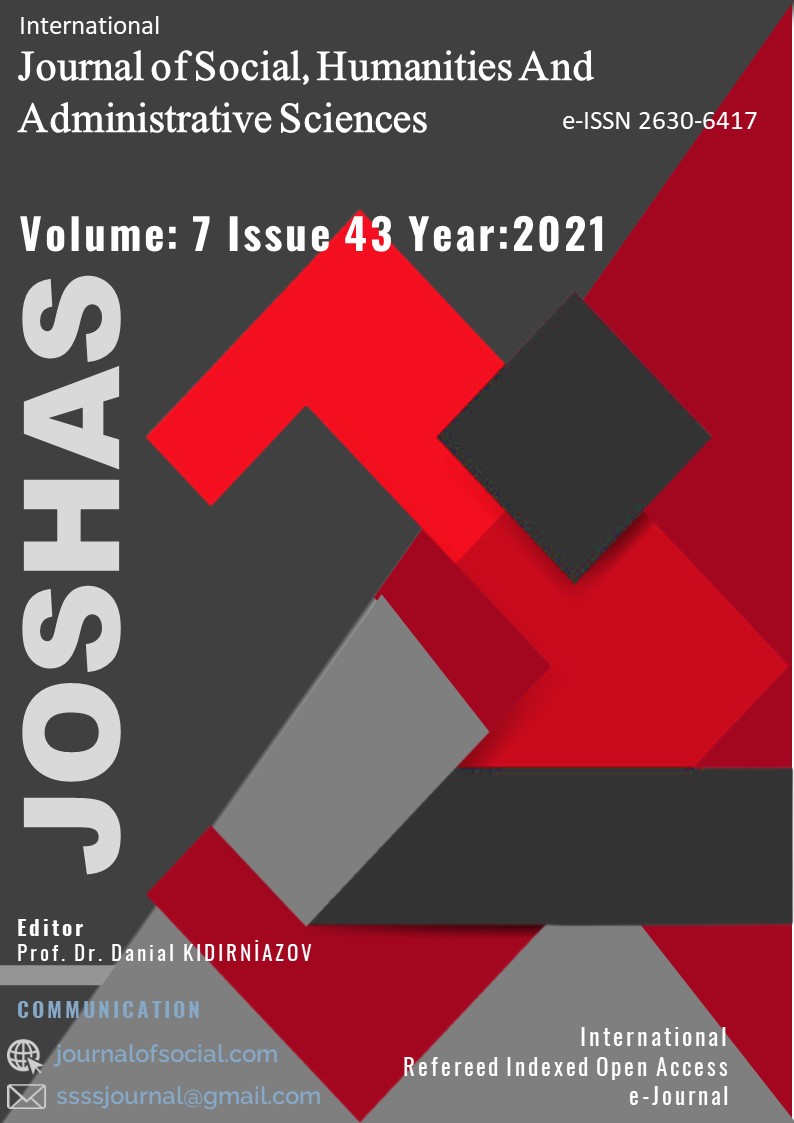Author :
Abstract
Recent research into the relationship between Azerbaijani and Turkish musical cultures proves that there is a multi-level common fund between the two cultures. From the point of view of each specific culture, the implementation of this fund is manifested at different levels. At present, we are talking about the relevance of the traditions of both Azerbaijani and Turkish culture for a single Turkish space, the activity of the same genre-style complex in both cultures, as well as the gene pool of kindred speech and intonation. In the Middle Ages, Azerbaijanis and Turks lived in one state. They fought together against common enemies - foreign invaders. The proximity of the geographical environment led to the formation of a common type of economic activity and the organization of the life of these two Turkic-speaking peoples. The spiritual life of both Turkic-speaking peoples developed on the basis of the same beliefs and traditions, which was mainly due to the same religious and spiritual foundations and moral requirements. These same religious beliefs are also important in determining the general tastes and rules of life. Hence the similarity of moral and ethical standards. The culture was formed within the framework of a single linguistic environment while maintaining ethnic identity in the field of language and oral folklore.
Keywords
Abstract
Recent research into the relationship between Azerbaijani and Turkish musical cultures proves that there is a multi-level common fund between the two cultures. From the point of view of each specific culture, the implementation of this fund is manifested at different levels. At present, we are talking about the relevance of the traditions of both Azerbaijani and Turkish culture for a single Turkish space, the activity of the same genre-style complex in both cultures, as well as the gene pool of kindred speech and intonation. In the Middle Ages, Azerbaijanis and Turks lived in one state. They fought together against common enemies - foreign invaders. The proximity of the geographical environment led to the formation of a common type of economic activity and the organization of the life of these two Turkic-speaking peoples. The spiritual life of both Turkic-speaking peoples developed on the basis of the same beliefs and traditions, which was mainly due to the same religious and spiritual foundations and moral requirements. These same religious beliefs are also important in determining the general tastes and rules of life. Hence the similarity of moral and ethical standards. The culture was formed within the framework of a single linguistic environment while maintaining ethnic identity in the field of language and oral folklore.
Keywords
- 1. Azərbaycan xalq rəqs melodiyaları. Not yazısı B.Hüseynlinindir. Bakı, Azərnəşr, 1965. 42s.
- 1. Azərbaycan xalq rəqs melodiyaları. Not yazısı B.Hüseynlinindir. Bakı, Azərnəşr, 1965. 42s.
- 2. Беляев В.М. Ладовые системы в музыке народов СССР. // Беляев В.М. Сборник статей. М., Сов.композитор, 1990, с.223-378.
- 3. Гейбуллаев Г.А. К этногенезу азербайджанцев. Баку, Элм, 1991. 552с.
- 4. Эльдарова Э. Искусство ашыгов Азербайджана. Баку, Ишыг, 1984, 120с.
- 5.Эфэнди Ф. Этносознание турецких народов и их искусство. Баку, Нурлар, 2002, 160с. 6. Мамедова Р.А. Музыкальная тюркология. Баку, Элм, 2002. (88с.)
- 12 Эльдарова Э. Искусство ашыгов Азербайджана. Баку, Ишыг, 1984, 120с.
- 7. Фархадова С. Обрядовая музыка Азербайджана (на примере траурных и свадебных песен). Баку, Элм, 1991. (130с.)





